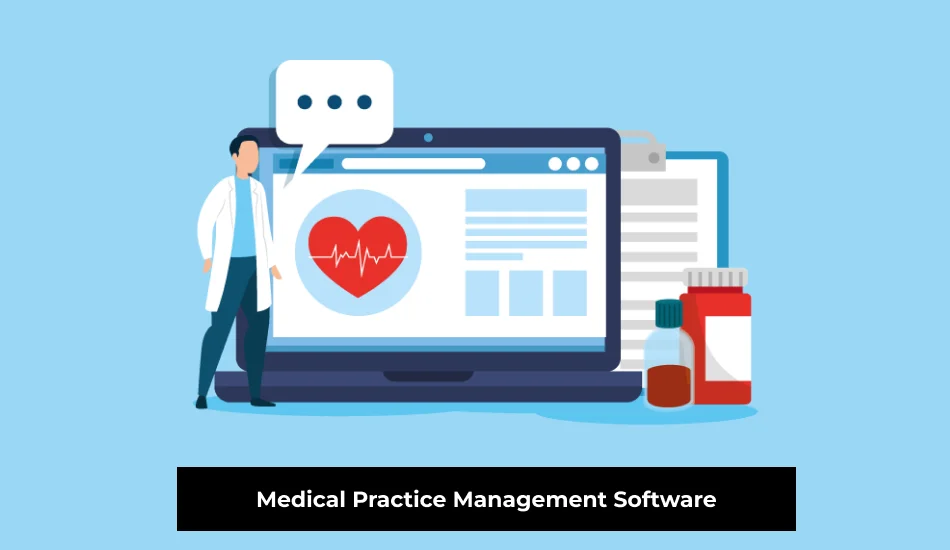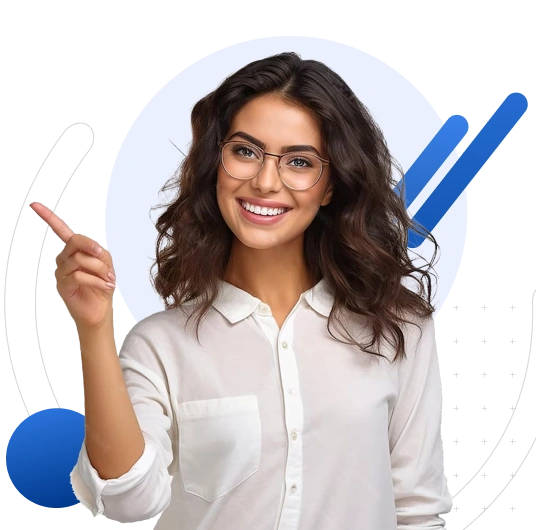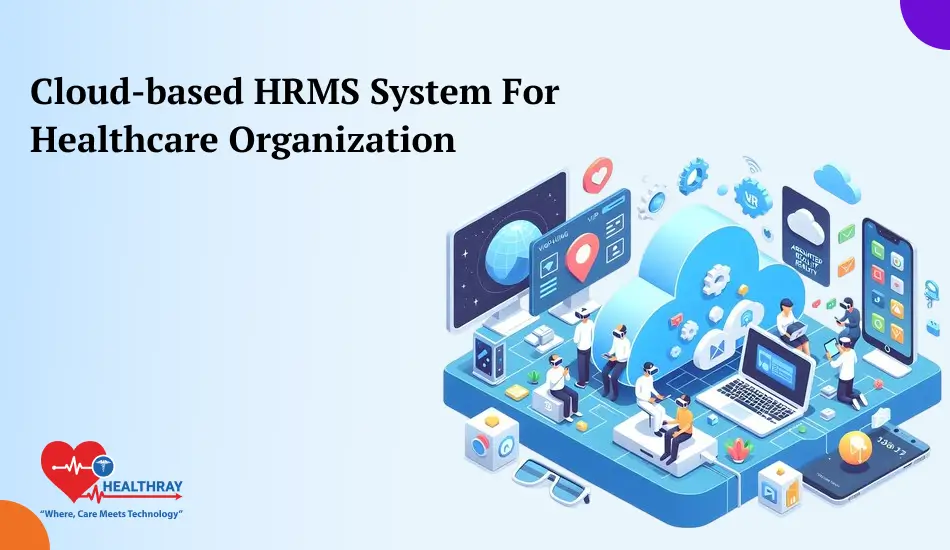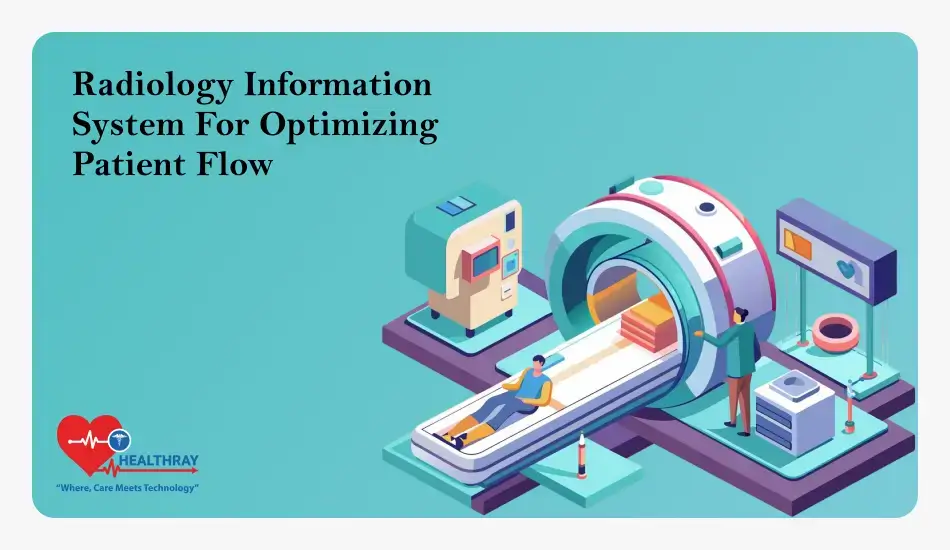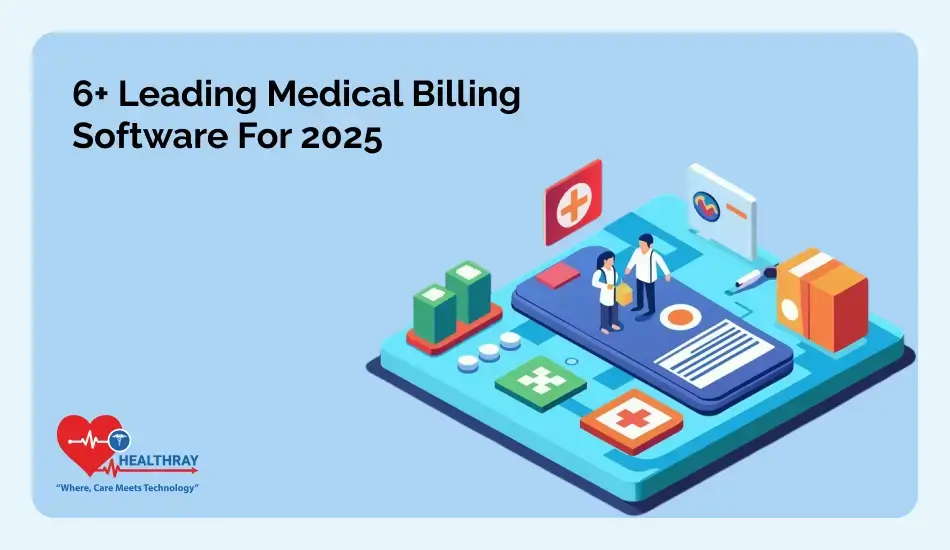Quick Summary
Examine the most critical characteristics and variables to focus on when opting for medical practice management software. With the applicable software, your medical practice Managements can facilitate patient care, streamline operations, and maximize executive tasks.
Introduction
The administrative department is one of the most essential parts of running any medical institution. No matter the institution’s size, be it a small clinic or a multispecialty hospital, it is one of the crucial concerns. As doctors are busy treating people, it is necessary that someone would look after daily business activities. Activities like billing codes, scheduling patient appointments and ensuring paid services are crucial.
If any part of this service goes wrong, the healthcare facilities might face miserable adverse effects. The operational functions of the entire facility would have a downfall. Hence, software that looks after non-clinical tasks must be essential in healthcare administration. Looking after this software will help you maintain the functionality of the entire system.
Having a comprehensive Hospital Management Software can aid your practice.
This article will explain medical practice management software’s features, factors, and more. It will help you know the factors you must consider while deciding upon your medical practice management software. Hence, this guide will help you make transitions as smooth as possible.
What is Medical Practice Management Software?

Practice management consists of every sort of administrative task, such as registering patients, scheduling, reporting, accounting, and tracking. It will be easier for healthcare organizations to become more efficient and reliable through this software. It can also help connect with electronic health records whenever necessary to access patient information.
Capture medical images, manage diversified information, and embedded medical images. Furthermore, the medical practice management software minimizes complicated services, upgrades information, increases treatment outcomes, and improves treatment procedure. Automated hospital activities such as client registration, patient diagnosis, data security, interoperability, and staff management.
Medical practice management software will help streamline, coordinate, and automate all the administrative tasks in the office of a doctor, hospitals, clinics, and other healthcare organizations. The prominent people using this software are non-clinical staff, such as receptionists and administrators. A total medical practice management software will include the following:
- Operations for the front office such as verifying insurance or scheduling patients
- Functions for back-office, such as analyzing financial, medical billing, and reporting
Hence, if you utilize the resources of this technology properly, it can help you eliminate chances of human errors, save time, look after financial solutions, and provide the best quality patient care. There are two types of medical practice management solutions:
- On-premise practice management software
- Cloud-based practice management software
The medical practice management solution is designed to help conduct medical practices smoothly and efficiently. Know that your solution must help you comply with HIPAA rules while processing medical data and patient records. Choose practice management software wisely to ensure it meets your requirements.t medical practices smoothly and efficiently. Know that your solution must help you comply with HIPAA rules while processing medical data and patient records. Choose practice management software wisely to ensure it meets your requirements.
What are the components of practice management software?
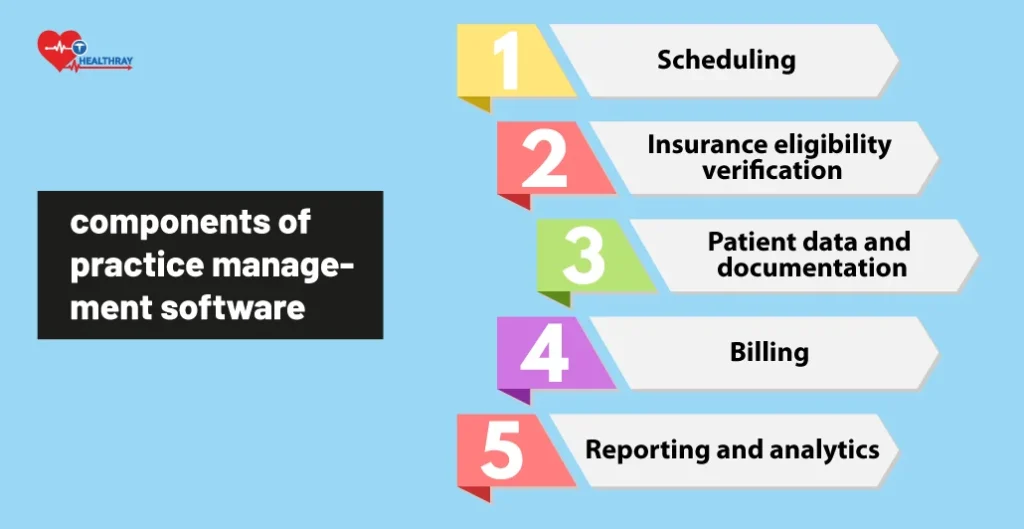
So, are you considering what practice management software can do for medical institutions? It will depend on the provider you choose. There are several components of a healthcare practice and management software. This section explores it in detail.
Scheduling
It is one of the most crucial components of practice management software. This is a calendar-like tool that helps you schedule appointments, and manage appointments. Hence it comes handy for people in the front office.
The most tedious work is to manage appointment scheduling and sending reminders to patients periodically. Moreover, these tasks are executed automatically with HMS software. It increases efficiency, minimizes efforts, and reduces costs.
Practice management systems can help you see the free slots, times, and locations for a particular appointment at a provider’s place. Hence, an advanced version of the practice management software can help send appointment reminders through emails and SMS.
Insurance eligibility verification
Before going to any doctor’s appointment, the staff must be attentive to the benefits a patient can receive through insurance. They must verify that their insurance plan covers all the services they need. This process generally happens manually, like calling the insurance companies or logging into numerous website portals.
Having this module will automate the process of seeking the details within seconds. It will lower the chances of patients feeling surprised after visiting the doctor when their claim faces denial. The most common use case of robotic automation process in insurance eligibility.
Patient data and documentation management
Thanks to several years made to the system, medical staff practice management can snappily enter, detect, and access case data, including demographics, medical histories, and the reasons for previous visits.
Workers can also produce and edit templates for other documents, similar to treatment plans and enrollment forms. Another point that’s asked is making and editing notes that directors or doctors may leave for themselves or their associates.
Billing
This module is pivotal for practices that manage their medical billing rather than contracting it out to outside provider billing companies. It facilitates staff members’ timely and accurate claim submission to payers, reducing the number of denials and accelerating payment. This element constantly has some introductory automated supported rendering capabilities erected in.
The most current illustration is a law-recalling tool that verifies claims for typical miscalculations and highlights problems. Using Medical Billing Software can help eliminate chances of human errors and enhance patient care. Remember that you’ll need to hire a coder to align judgments, drug conventions, and procedures with assiduity-specific data norms if you plan to bill using your practice operation system.
This healthcare management system covers all stages of medical billing through template creation, digital mode of payment, and organizes all bills in a single folder. Furthermore, it controls billing information along with patient sensitive information. Sending healthcare invoices to patients and receiving payment from anyone. Therefore, it increases billing efficiency, minimizes errors, and reduces clinical efforts.
Reporting and analytics
Medical practice manager software offers data on accounts receivable (A/R), or the total amount of money that patients and insurance companies owe your facility for services rendered, days in A/R, or the average time it takes a hospital or clinic to be paid.
It is designed to generate financial reports and track the profitability of billing services. As a general rule, the metric should remain below 50 days, and the total reimbursement should be less than anticipated insurance billing amount.
The practice can monitor these metrics and make timely improvements to improve efficiency and its financial situation by staying informed about them. It supports financial management, integrated patient engagement tools, helps in document management, comprehensive reporting, and reduces billing errors.
Consolidating medical reports have been depicted in a single dashboard, streamlines to obtain necessary data and edited from anywhere. The most astonishing feature, clinical personnel generate a lot of clinical bills from a single template.
What are the factors to consider while choosing medical practice management solutions?
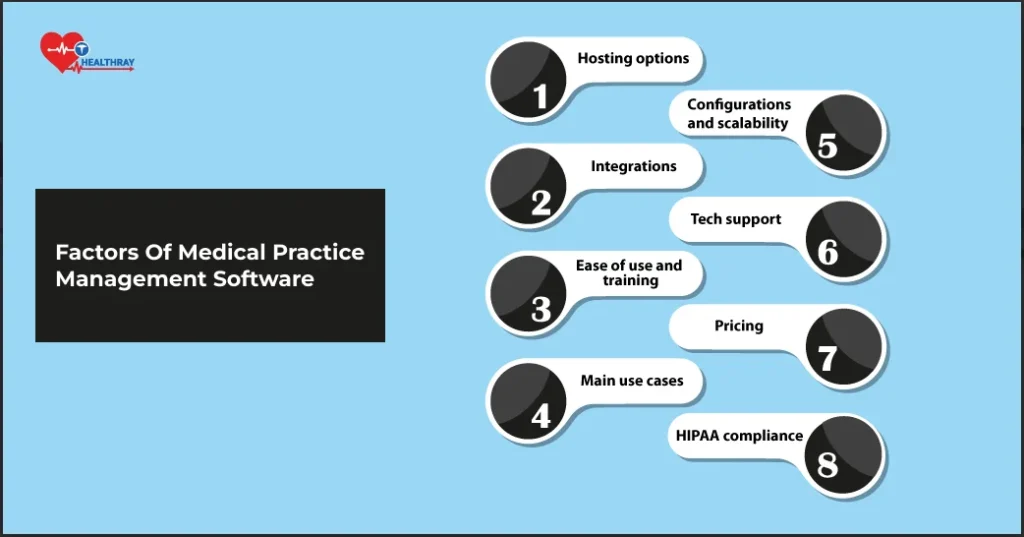
Hosting options
The system can be installed on an original garçon or in the pall. You can keep all sensitive and vital data off-point with an on- demesne deployment. On the downside, you’ll be in charge of system backup, conservation, and security, so make sure your staff is proficient in technology. Indeed, though an in-house setup necessitates a substantial tackle investment and a license agreement, your yearly costs will be minimal.
Still, pall deployment spares you from all specialized difficulties since a software seller or pall provider manages your system and data. In addition, compared to internal software, the tool requires much less time to prepare. Also, the original cost of power will be reduced.
Integrations
If you already have a patient portal and an EHR, integrating a practice management system with them should be simple. Your staff must perform double work if these IT infrastructure components cannot connect and exchange data.
Purchasing your EHR systems and PM tools as a complete suite from the same vendor is the most straightforward approach to ensure they are compatible. If you’re uncomfortable with this option, find out which EHRs are already pre-integrated with the PM system of your choice.
This healthcare practice management software combines different medical systems to improve patient communication, increase patients income, and improve practice productivity.
Does the list include your EHR? I’m considering using operation programming interfaces( APIs) to connect systems. Keep in mind that an API integration design requires further backing and time. You will likely need to employ outside IT experts to complete this work.
Ease of use and training
This is a crucial component. If your employees need help adjusting just to the new technology, even the most cutting-edge technology tools won’t help you enhance the workflow. Please ensure all essential users are available for the demo when you schedule it.
Find out whether and how long the vendor offers training. The software should ideally require the least amount of work on the part of your staff to become accustomed to.
Main use cases
A primary care physician or office will have different requirements compared to a multispecialty Hospital or individual imaging center. Besides, if the result addresses the procedures unique to small practices or your medical center, examine the list of businesses exercising a specific system or contact companies similar to yours to find out what software they use.
Configurations and scalability
Indeed, all physicians and practices are different within the same medical specialty. In addition, as your practice expands or changes, your requirements might also change. Thus, it’s critical that you can gauge and configure your system with the most negligible quantum of work possible.
The extent of the variations can range from bodying templates to modifying reports and adding business intelligence to perform more complex analyses than an introductory reporting module can. Bandy configurability and scalability with a complete solution provider to find out how to change the software if required.
Tech support
There will always be bugs and malfunctions in the technology. Hence, the question is about the speed at which you can fix them. It would help if you never underestimate the support of the practice management system provider. It would help if you learned the response time well and how to make it through it. Get information on tech specialists, their working hours, and how to contact them.
Pricing
The size of your practice, the amount of features you require, and the deployment type you select all significantly impact price. Most suppliers can only estimate the system’s cost once they completely understand your needs.
After determining what you need, ask each possible supplier to submit a formal proposal outlining precisely what you will pay for and how much. Consider the ROI, total cost of ownership, and the value a specific system will bring to new employees to your company.
Opt that clinical management software that allows your pocket or fits in your software budget. Moreover, this element is too crucial while selecting the best one because it reverses the whole strategy or might have a loss to healthcare organizations. Generally, cloud based software is effective and less costly than other systems.
HIPAA compliance
Under the Health Insurance Portability and Responsibility Act( HIPAA), any system that handles patient-identifiable data must acclimate to its conditions. Rule-grounded access control, data encryption, bus logoff, and other security features are used in PM systems to help rules and follow processes.
Are you looking to get medical practice management software? Know how Healthray can help.
Modern and specialized practice management software responsible for improving and maintaining healthcare services is now available with Healthray. Healthray’s extensive feature set enables medical practitioners to easily handle appointments, billing, electronic health records (EHR), and other tasks. By guaranteeing adherence to healthcare regulations, the software enhances the quality of patient care overall.
One critical angle of Healthray is its user-friendly interface, which encourages staff navigation and utilization of its features. Healthcare suppliers can communicate safely with one another much appreciated to the system’s consistent integration with different restorative gadgets. Directors can moreover learn more approximately practice performance with Healthray’s comprehensive analytics and announcing tools.
Healthray’s adaptable arrangements meet an extent of needs, notwithstanding the estimate of your clinic or organization. With Healthray’s all-inclusive medical practice management software, you’ll be ahead of the always changing healthcare industry, progressing operational adequacy, increasing financial efficiency, and eventually driving to better understanding results by providing valuable insights.
Conclusion
A practice management tool is essential for any medical organization to ensure their administrative tasks function smoothly. This software solution helps reduce the chances of human errors, improve patient engagement, and adds to the enhanced results. You can expect all the patients to be quickly resolved through this highly appealing software. Ensure that you choose an exceptional provider for your software development. A wholly built practice management software can help your organization perform well.
